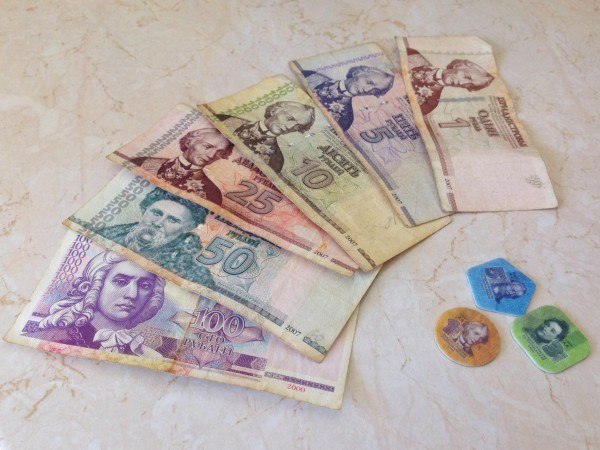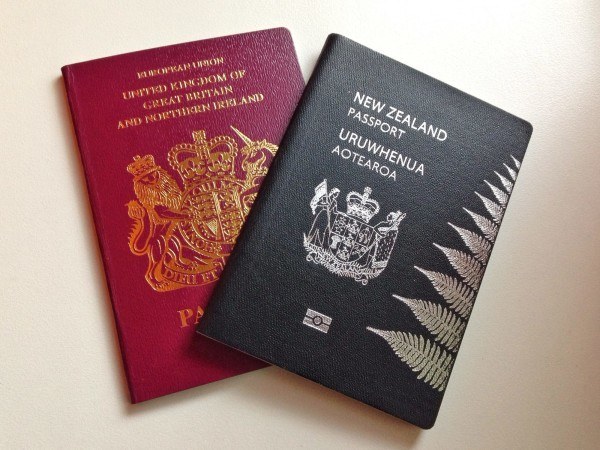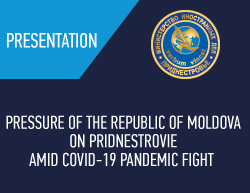Breakaway republics fascinate me. It’s a story of how a section of a country feels so strongly that they aren’t part of that country that they pull away, but don’t manage to separate completely. Some of these countries eventually gain independence, others don’t ever really intend to get it, and still others remain in limbo, part and yet not part of the host country.
Pridnestrovie is one of these limbo countries. It’s technically part of Moldova, but doesn’t regard itself as such. Border controls are strict and it has its own currency (with plastic coins), and the primary language is Russian rather than Moldova’s Romanian. It’s different. And, we’d been told, dangerous. In fact, when we mentioned to our Moldovan friends that we were heading to Pridnestrovie, they all said “be safe.” Several times. And then, when we didn’t update social media to their liking, they started joking that perhaps we hadn’t made it out… at least, I think they were joking.
So, is it safe?
Yes, it’s safe. Pridnestrovie is a perfectly ordinary eastern European country, full of normal people going about normal lives. The people we met were politely reserved, and we didn’t feel unsafe during our visit there.
The border guards carry guns and there are certainly a lot of tanks on display (mostly as monuments, but not all), which is a little intimidating, but away from the border we didn’t see as much military presence.
Day trip from Chișinău
Tourism agencies organize day trips to Pridnestrovie from Chișinău, and some seem to be good value. Make sure to ask what’s included in the price before you book.
We decided to find our own way to Tiraspol (the capital city) and headed to the Chișinău’s central bus station, which is more or less part of the central market. Near one of the entrances we noticed minibuses labeled “Tiraspol” in Cyrillic; a man tried to sell us tickets for 50 lei, but as we’d heard that the price was 35 we politely declined. A driver directed us to a small booth where we were sold printed tickets for 37 lei each, and the minibus left within five minutes of us boarding.
Moldovan roads are proverbial for their unevenness, so the journey was a little bumpy but otherwise uneventful. At the border we headed into a small office where the English-speaking border guard asked us how long we’d be staying, then gave us a stamped receipt with a time printed on it: we’d have to leave the country by 9:57pm that night.
Leaving that evening was even easier. A guard boarded the van, collected our receipts, and hopped off again — and that was that. No problems at all.
How to spend a day in Pridnestrovie
We made a late start to the day and only managed to head out the door at around 10.30am; the mini bus journey took around 90 minutes and we arrived in Tiraspol at around 12:15pm. We wandered around the city for a while, spent some time in the markets and bought a plastic bottle of wine from a small shop that dispenses five or six varieties from taps, and admired the churches and monuments around the city.
Since Pridnestrovie has its own currency, the ruble, we had to change some money in order to make purchases. US dollars seemed to get the best rate ($1 = 11 rubles); both lei and euros (which we had) were less favorable. We also had some British pounds, which many exchange bureaus wouldn’t accept; we finally found a bank that would take them, right by the spot where we’d originally got off the bus.
Options for lunch were a little limited: there were a few expensive restaurants to choose from, or we could put together a picnic from food from the market. In the end we headed to a branch of Andy’s Pizza for their lunch deal of three courses for 45 rubles, which featured dumpling-like ravioli and a delicious traditional soup.
We’d arranged a tour at Kvint cognac factory for 3pm; if you’re interested in cognac it’s worth visiting, though it’s best to book in advance or join an organized tour. Prices start at US$17 for a tour and tasting for groups of seven or more, if you’re travelling alone or as a couple the prices skyrocket.
The tour lasted almost two hours, so it was 5pm by the time we left. Next, we planned to visit the Bender fortress, but we didn’t realize that it closed at 5pm until we were turned away at the gate. It would have been smarter to have hopped off our minibus from Chișinău in Bender, seen the fortress, and then gone on to Tiraspol. As it was, we caught a bright-yellow trolley bus from Tiraspol to Bender (3 rubles) and then walked for about 15 minutes to get to the entrance. After failing to get in, we found the Bender bus station and caught a bus back to Chișinău from there, for the price of 30 rubles each. This was certainly easier than going from Tiraspol would have been — on arrival we’d been dropped on the side of the road somewhere, and would have had to flag down a passing van in order to return. We’d found a bus station while wandering around the city, but were told that Chișinău buses didn’t leave from there… We’re not quite sure why!
Final thoughts
It’s certainly possible to do a day trip to Tiraspol in Pridnestrovie from Chișinău, and going independently is a valid option. However, you’ll probably see more on an organized tour and might well save money if you want to visit Kvint.
Linda Martin
Source: indietravelpodcast.com
Photos: indietravelpodcast.com











